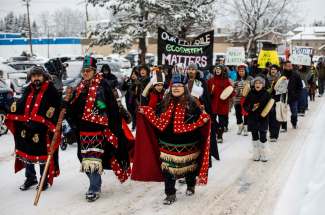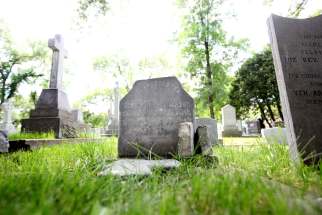Another new year starts with hope
Read this article for free:
or
Already have an account? Log in here »
To continue reading, please subscribe:
Monthly Digital Subscription
$0 for the first 4 weeks*
- Enjoy unlimited reading on winnipegfreepress.com
- Read the E-Edition, our digital replica newspaper
- Access News Break, our award-winning app
- Play interactive puzzles
*No charge for 4 weeks then price increases to the regular rate of $19.00 plus GST every four weeks. Offer available to new and qualified returning subscribers only. Cancel any time.
Monthly Digital Subscription
$4.75/week*
- Enjoy unlimited reading on winnipegfreepress.com
- Read the E-Edition, our digital replica newspaper
- Access News Break, our award-winning app
- Play interactive puzzles
*Billed as $19 plus GST every four weeks. Cancel any time.
To continue reading, please subscribe:
Add Free Press access to your Brandon Sun subscription for only an additional
$1 for the first 4 weeks*
*Your next subscription payment will increase by $1.00 and you will be charged $16.99 plus GST for four weeks. After four weeks, your payment will increase to $23.99 plus GST every four weeks.
Read unlimited articles for free today:
or
Already have an account? Log in here »
Hey there, time traveller!
This article was published 29/12/2020 (1809 days ago), so information in it may no longer be current.
The year began with hope that many long-standing challenges for Indigenous communities could be overcome.
For example, on Jan. 1, Bill C-92 came into effect, enabling Indigenous communities to take control of child and family services, making them “free to develop policies and laws based on their particular histories, cultures, and circumstances.”
This followed the 2019 passing of Bill C-91 and the creation of a federal Indigenous languages office — committing the government to support and fund “Indigenous-led language reclamation, revitalization, maintenance and strengthening activities.”
January also marked the opening of the Indian day school settlement process, offering more than 200,000 survivors compensation for harms perpetuated at 699 schools, and a $200-million education, healing and commemoration fund.
None of these changes were perfect (the bills are full of jurisdictional problems, while 700 schools were excluded from the settlement) but, still, there was hope.

Such hope was on display when the Winnipeg Jets honoured Indigenous cultures and communities during an NHL game Jan. 17: Indigenizing their logo, featuring Indigenous leaders and artists, and staging the national anthem in Ojibway.
I will never forget how 15,000 people rose when the big drum started, cheered the treaty acknowledgement, and yelled “Keewatin!” (instead of “True North”) during the national anthem.
It almost makes one forget the 7-1 beating the Jets took that night. Now, it seems like a metaphor for the rest of the year.
Days after that game came the announcement by Ivan Zinger, correctional investigator of Canada, that, for the first time in history, Indigenous inmates made up more than 30 per cent of federal prison populations (and a higher number in provincial institutions).
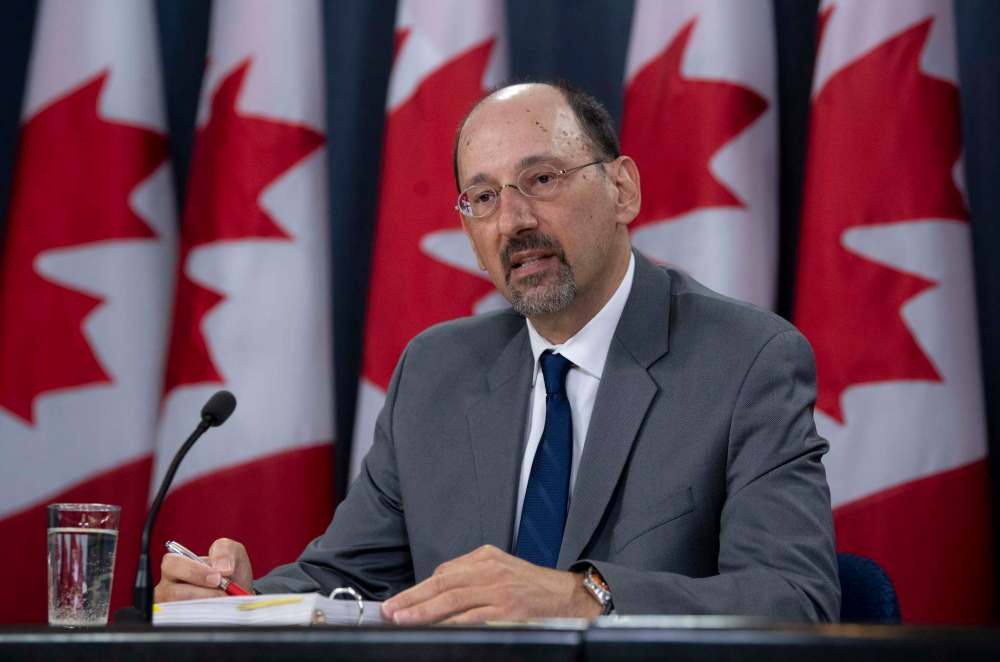
Zinger stated: “Since April 2010, the Indigenous inmate population has increased by 43.4 per cent, whereas the non-Indigenous incarcerated population has declined over the same period by 13.7 per cent… (indicating) a deepening ‘Indigenization’ of Canada’s correctional system.”
January ended with the explosion of a three-decade dispute between Canada and the Wet’suwet’en hereditary leadership over a gas pipeline on unceded territory in northern B.C. After RCMP were ordered to remove Indigenous citizens from their own land, a national solidarity movement sparked to stop traffic and railways across the country.
Then, COVID-19 arrived in Canada.
It’s a race on reserves and in cities to stop the spread of COVID-19 and save as many lives as possible until help arrives.
For months, Indigenous communities enacted their independence and moved more aggressively against the encroaching novel coronavirus than provincial and federal governments, helping stave off the sickness from tens of thousands.
When the sickness finally arrived in First Nations, it spread faster due to Canada’s historical policies that instilled over a century of poverty, poor infrastructure, and unsanitary conditions. While governments did act to help, send in military support, and promise vaccines, this moment should be a reminder when you impoverish Indigenous peoples, everyone is impacted.
Now, it’s a race on reserves and in cities to stop the spread of COVID-19 and save as many lives as possible until help arrives.
Hope resides in Indigenous communities who take similar, aggressive measures based in their status as independent, self-governing nations, such as Peguis First Nation, which was able to stop local spread by Christmas (reopening briefly before re-entering lockdown).
But the coronavirus isn’t the only Indigenous story of 2020.
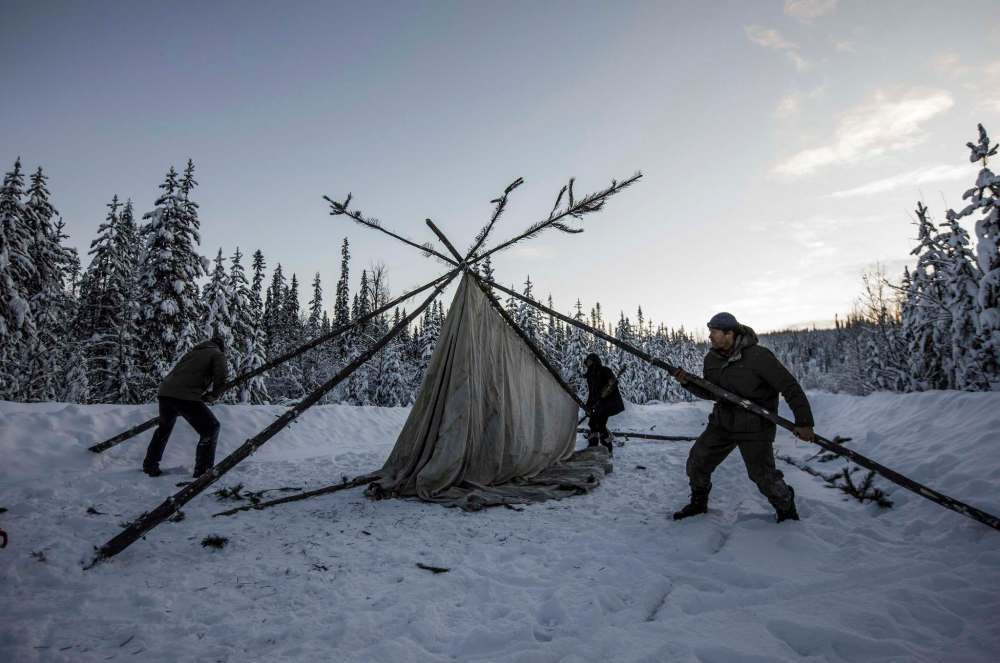
There was incredible success in the arts, such as more Indigenous winners in the 2020 Sobey Art Awards (for those under 40) than any time in history. Or the finishing touches being put on Qaumajuq, the groundbreaking Inuit art centre at the Winnipeg Art Gallery. Or that four of the top-10 selling books in Canada this year were by Indigenous authors.
There is enduring violence, such as the over-policing of Indigenous communities (brought up alongside the Black Lives Matter movement), continual exposure of high-profile fraudulent Indigenous identities (most recently film director Michelle Latimer), and deaths due to racism (such as Joyce Echaquan in a Quebec hospital).
Occasionally, though, there is a bit of justice, too — such as a guilty verdict of manslaughter for Brayden Bushby in the 2017 death of Barbara Kentner in Thunder Bay.
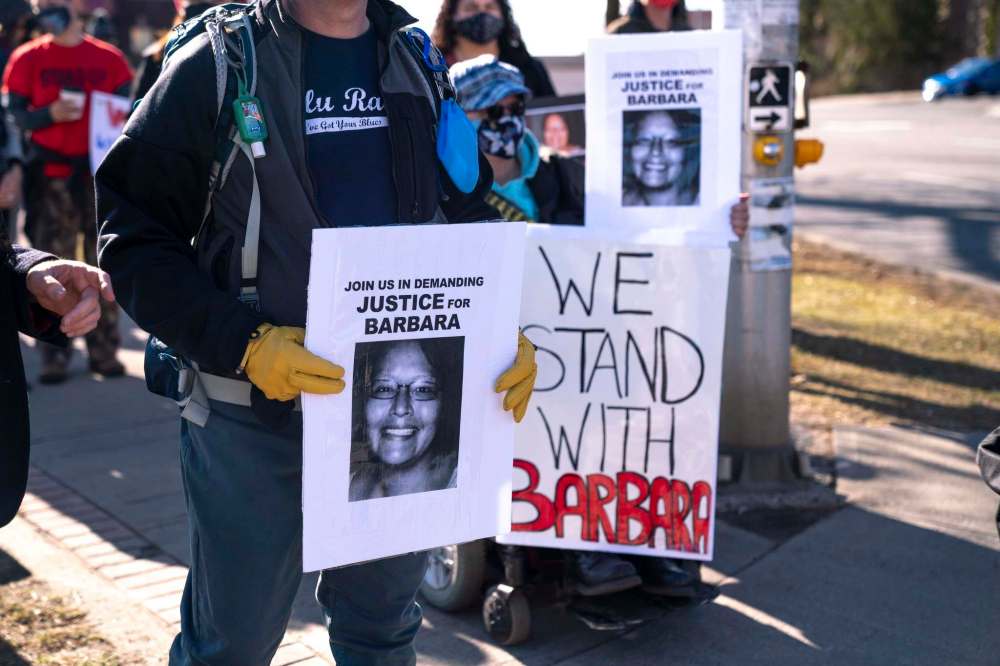
The most impactful moment of 2020 though, could be the year-ending federal Liberal promise to introduce Bill C-15, legislation that promises to bring Canada’s laws in harmony with the United Nations Declaration on the Rights of Indigenous Peoples.
The legislation is important, but based in deeply problematic ideas, such as Indigenous lands are rightfully owned by Canada, Indigenous citizens are wards of the state, and Indigenous law is subservient to Canadian law.
So, 2021, too, begins with hope in the struggle against the incredible challenges Indigenous peoples face.
Let’s hope for something more than a 7-1 shellacking in January.
niigaan.sinclair@freepress.mb.ca

Niigaan Sinclair is Anishinaabe and is a columnist at the Winnipeg Free Press.
Our newsroom depends on a growing audience of readers to power our journalism. If you are not a paid reader, please consider becoming a subscriber.
Our newsroom depends on its audience of readers to power our journalism. Thank you for your support.



